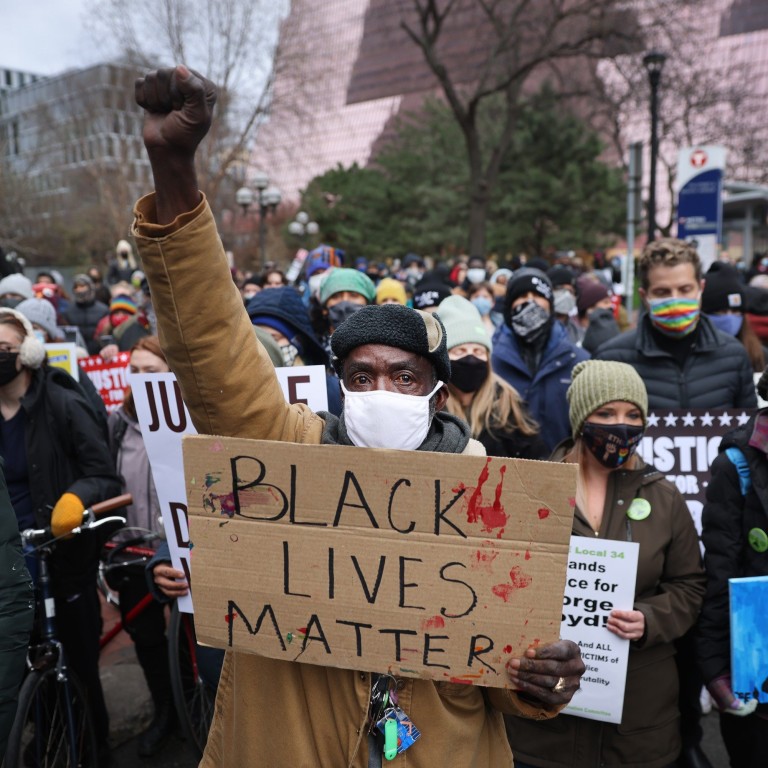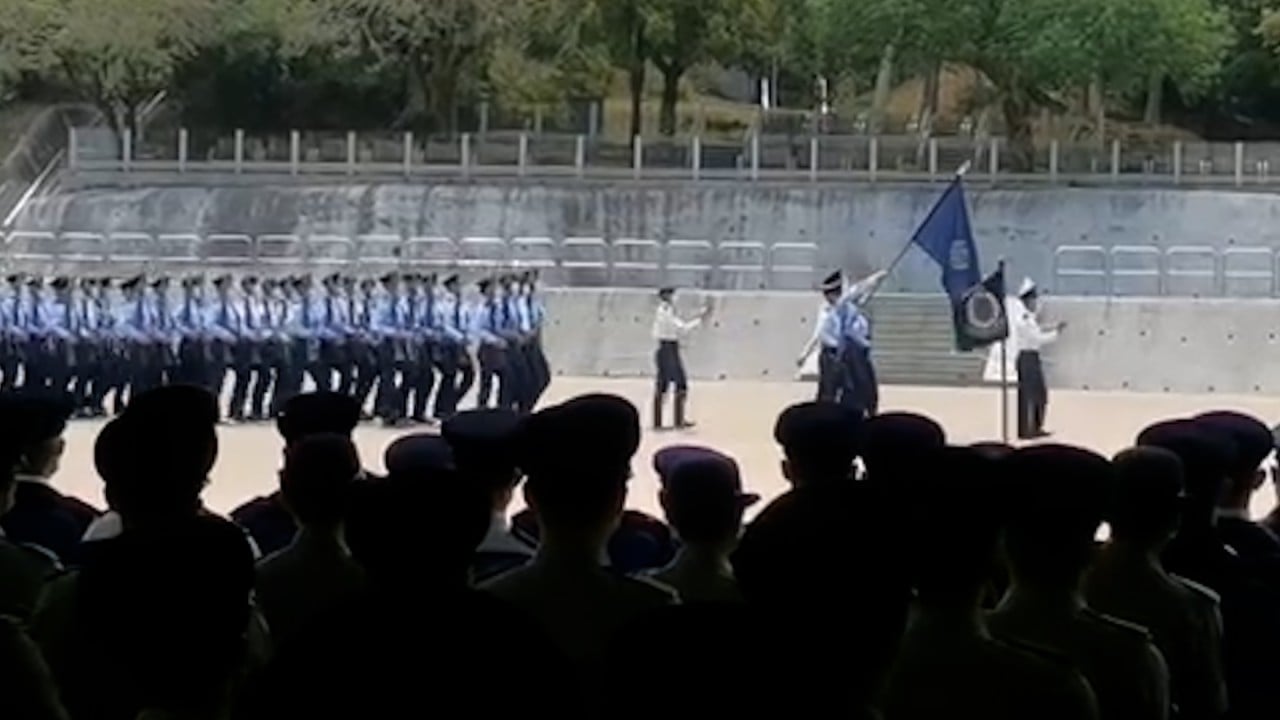
George Floyd verdict: how the police came to oppress those they have sworn to protect and serve
- The racism that some citizens face at the hands of the police is not limited to just the US. Police in India don’t have a stellar record, either
- In Hong Kong, there is a larger issue: the consequences of the morphing of the force on police-citizen interactions and on how citizens relate to each other
Whether police can be held accountable by the same law and order that society entrusts them with, seems irrelevant.
But the racism that some citizens face at the hands of the police sworn to protect and serve is not limited to just the US. Police in India don’t have a stellar record, either.
In the case of the Hong Kong Police Force, concerns have been raised about racism in policing – a reflection of low minority representation and attitudes of ethnic Chinese Hongkongers towards minorities.
However, there is a larger issue: the consequences of the morphing of the force on police-citizen interactions and on how citizens relate to each other.
The colonial Hong Kong police reflected the population diversity but it was not widely trusted until action was taken to weed out corruption. The population density ensured constant interactions and a growing familiarity. This cordial relationship continued after the handover.
This transition reflects the force’s changing relationship with citizens and the political and administrative branches.
This has not been the case with the police in the US and India. The antecedents of US police are the posses formed to capture escaped slaves.
The origins were in enforcing, normalising and institutionalising social bigotry. In colonial India, the police force was instrumental in dealing with the freedom movement.
India is still ridden with the feudalism that strengthened the stature of its colonial police. By reinforcing a social stereotype and serving as the enforcement arm of the colonial administration, the Indian police protected itself from any outrage over its conduct.
Because the police forces in the US and India had their roots in social bigotry, it created a divide in how the law was administered and police came to be staffed.
Black people in America are stopped more often for random police checks than white people. Consequently, they have a greater chance of being shot by the police, from 1.81-6.51 more than for white people, depending on where they are.
Black people, who make up 12 per cent of the adult population, constitute 33 per cent of the incarcerated.

In India, 32 per cent of prison inmates come from the historically socio-economically disenfranchised lower castes known officially as Scheduled Castes and Scheduled Tribes, or Dalits. They make up just 26 per cent of the police force.
Similarly, Muslims, who make up 14 per cent of the population and just 3-4 per cent of the police, are the victims of the vast majority of hate crime attacks. According to Hate Crime Watch, 62 per cent of religious violence in India targeted Muslims.
But it is not only historical bias that results in the continuing perpetration of atrocities against certain communities. The phenomenon can also be symptomatic of the spoken and unspoken inclinations of the government and its leaders.
Under Donald Trump’s administration, hate crime in the US increased by 20 per cent, according to the Federal Bureau of Investigation.
About 96 per cent of the sedition charges brought against Indians have occurred since he came to power in 2014.
What is apparent is that, in a democracy, neither the law nor the promise to protect and serve are always secular. The administration of law can serve to maintain biases and even protect those in power. That there are hardly any convictions or even an acknowledgement of police brutality across these regions suggests an insidious nexus against citizens.
The ideal of a government of the people, by the people, for the people, must extend to community representation in the police with the commitment to deal with historical prejudices that affect policing.
Unless that happens, society will continue to be at risk of racism in policing and the police will continue to serve the expedient needs of those in power.
Samir Nazareth has worked in the development sector and writes on sociopolitical and environmental issues



